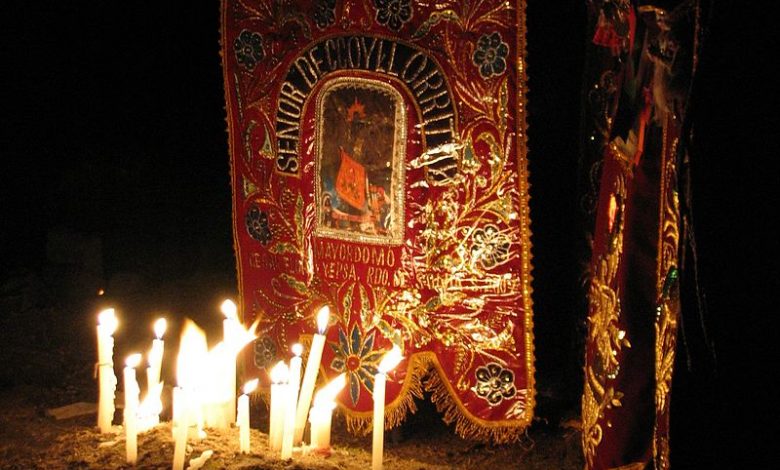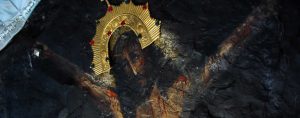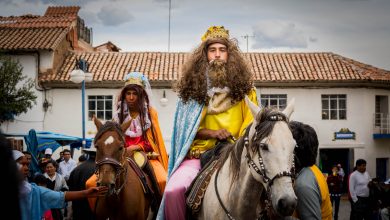The Life of Images in Quyllur Rit’i

Images of Christ, enclosed in wood and glass, accompanied pilgrims on their way to Quyllur Rit’i, the high mountain site some two hours from Cuzco by car and then hours up-mountain by foot. Tens of thousands of people go each day, most from Cuzco as well as from Puno, although there are also tourists and people from other regions of Peru.
The anthropologist Guillermo Salas Carreño, who is from Cusco, notes in an excellent article on the pilgrimage that it has been drawing constantly more people over the last century. It is now, he argues, the largest pilgrimage in the Southern Peruvian Andes.
I suspect that most of this growth comes from the massive immigration of people from the countryside to Cuzco and the role of the pilgrimage within the political, social, religious and economic life of Cuzco and other cities, since the growth in numbers of pilgrims seems mostly to be among urbanites.
Once at Sinaqara, where the Chapel to the Lord of Qoyllur Rit’i stands with its gilded altar covering much of the massive stone on which his image was painted, the people set their individual images of Christ down near the stone. In this way, each of the demandas join the central image in a kind of holy indexicality, like children coming together with their father in family gatherings, or like the Inca and his huauqui, his sculpted double, coming together and times. The image maintains its unity with the holy Christ of the Rock by the Glacier and thereby its power to protect and respond to family’s pleas.
At many times in Cuzco images return to the center to be charged, as it were, through contagion, i.e. through proximity to a main source of the holy. For example, at Christmas the Christ childs that families have in their individual creches are taken to hear mass and become recharged with the holiness enshrined in local churches also called temples. Or during Corpus Christi, later this week, when the patronal saints of Cuzco’s historic neighborhoods travel to the Cathedral to spend time with—visit with—the City’s patron saint, the Lord of Temblors.

Bringing images to a holy center to be in contact and leave refreshed and refilled, in other words, is something focused and important, a basic pattern of life in Cuzco. It is part of religion and ordinary life.

The second part of this will happen after today. The demandas will now leave Qoyllur Ri’ti, in company of their families and friends. They will come down the mountain along with the troupes of dancers, thousands of people, and will return to Cuzco.
When they get here, they will follow another important pattern. They will come to the main Square, the plaza de Armas, to greet the city and the Cathedral, with its holy figures. They return as Corpus Christi, one of Cuzco’s greatest feasts and festivities comes into full flower. As a result they join the centripetal movement of saints and people to the Cathedral as the great procession of the Holy Host develops and takes place. They join this larger and powerful moment.
And they return home with their families to be with them throughout the year. The families will interact with them, giving them offerings of candles, flowers, prayers, and maybe more while they are expected to look out of the family and care for them. They are kids of non-human beings that fill so much of Andean life at the same time they are Catholic figures of the Lord of Qoyllur Rit’i. In this case they also bring the power of the mountain and the glacier, the brilliant shining light of fertility and blessings to people throughout the city.
Reference:
Guillermo Salas Carreño, “The Glacier, the Rock, the Image: Emotional Experience and Semiotic Diversity at the Quyllurit’i Pilgrimage”, Signs and Society, Vol. 2, No. S1 (Supplement 2014), pp. S188-S214.




